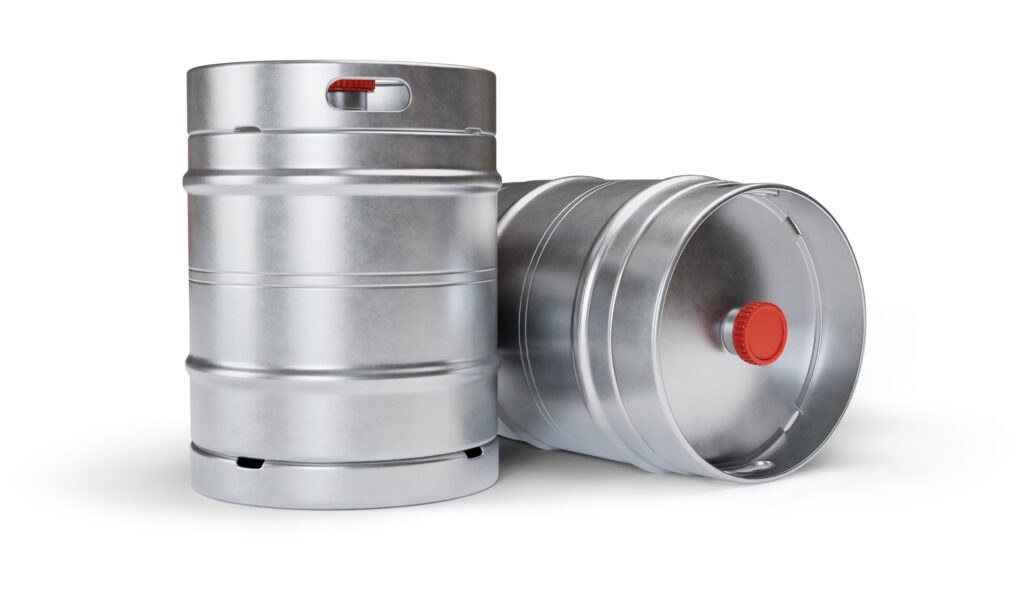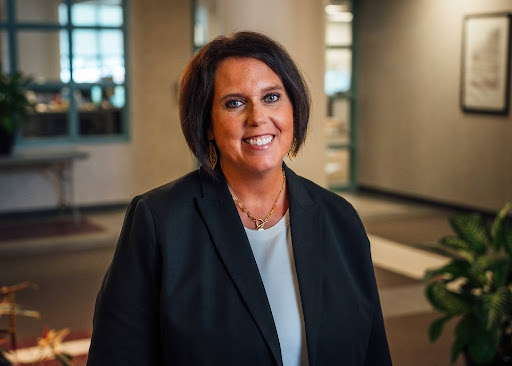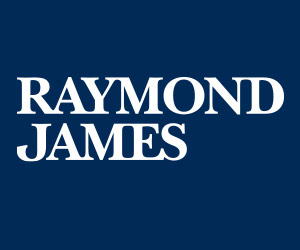MidAmerican Energy customers rattled by electric rate hike

Some Central Iowa business owners are shaking their heads over hefty increases in their monthly electric bills, but MidAmerican Energy Co. officials say they’re doing all they can to help their customers keep their bills as low as possible.
Last year, MidAmerican Energy began phasing in a three-year increase in electricity rates for its Iowa customers, the second phase of which kicked in on Jan. 1 of this year. The rate case, which was approved by the Iowa Utilities Board a year ago, authorized MidAmerican to increase its electric rates by a total of $135.6 million, phased in through approximately equal incremental increases of $45.2 million over three years.
The Iowa Utilities Board also approved several consumer protections as part of the rate settlement, including a $200 cap on annual increases for residential customers and a $1,500 annual cap on increases for non-residential customers. But some business owners are questioning whether those protections are making much of a difference for them.
Julie Lilly, owner of Montana Mike’s Steakhouse in Des Moines, said her restaurant’s electricity bill increased between 25 and 40 percent per month during the peak summer cooling season last year. On average, she said she is paying between $300 and $400 more per month on her bill, which she believes is far beyond the 6.29 percent average annual increase that MidAmerican had estimated for her business.
“I can’t raise my menu prices by 40 percent to cover this,” she said. “That there was no advance notice is extremely frustrating.”
Lilly is among about 10 small business owners who are awaiting a ruling by the Iowa Utilities Board on a formal complaint they collectively filed in October regarding their rate increases. Many of the other companies that joined in the complaint were grocers and produce distributors that operate large coolers.
The increase hit some commercial customers in Central Iowa particularly hard due to a change in how businesses that pull a heavy load of electricity are charged “demand” rates, said Terry Ousley, MidAmerican’s vice president of customer satisfaction. Previously, nonresidential customers in this part of Iowa would incur an additional demand fee only if their demand exceeded 200 kilowatt-hours. With the rate change, that demand fee has been equalized to the same 10 kwh that eastern Iowa customers have been charged since 1995.
“So many of these customers rarely hit that threshold, so they weren’t used to seeing a demand rate on their bill,” he said. That change affected about 8,000 business customers in MidAmerican’s north and south regions, Ousley said. For those commercial customers whose increases exceed the $1,500 annual cap, a process called rate mitigation goes into effect that applies an adjustment factor to lower the rate charged.
On an average basis statewide, the increases amount to 3.5 percent annually, but no business or situation is average. Both utilities board and MidAmerican officials said there is no way to put a number on the range of actual rate increases that companies are seeing, due to the complexity of the rate structure and the uniqueness of each business’s operations and facilities.
MidAmerican officials said that in preparation for the rate increase – its first in 17 years – one of the first things the company did was to evaluate customers’ rates on a case-by-case basis and move them to a rate that should provide them the lowest cost. “I think we were pretty effective in (accomplishing) that,” said Dean Crist, the company’s vice president of regulation.
MidAmerican said it has logged 301 telephone calls from commercial customers regarding the rate increase since announcing it in May 2013, which Ousley said is a just a fraction of a percent of the more than 1.7 million calls its call center handles annually. The company built an entire communication campaign around trying to explain the factors behind the rate increase, but nevertheless recently mailed out additional information to its customers to explain the demand rate change and the differences in summer and winter rates, he said.
An additional moving part to consider is that with the rate increase, MidAmerican is cleaning up a mishmash of differing regional rates that date back to the three companies that were merged to form the company.
“Prior to this rate case, we had three pricing zones and 81 separate tariffs,” Crist said. In comparison, there is now one uniform pricing zone under 17 electric tariffs. That equalization of rates is being phased in over 10 years and will be revenue-neutral to MidAmerican, he said.
A piece of good news this year for electric customers: MidAmerican has begun phasing in a rate reduction tied to its Wind VIII wind energy project that will shave $3.3 million off electric rates this year, $6.6 million next year and then $10 million annually in 2017 and beyond. “This is a substantial reduction,” Crist said. “It’s already part of an adjustment in the bills.”
Crist said commercial customers who may have previously considered participating in MidAmerican’s energy efficiency programs for businesses may want to give them another look now due to the increasing rates. Taking actions such as purchasing higher-efficiency equipment “may make sense where before where it might not have generated enough savings,” he said.
Business customers of any size can contact MidAmerican’s Business Advantage team at 800-329-6261 for billing or service issues to connect with energy efficiency programs.










